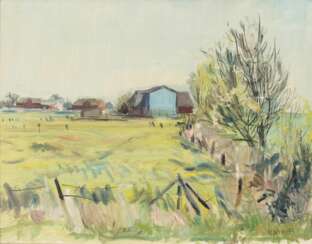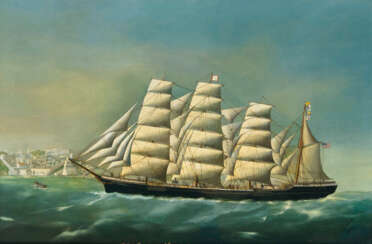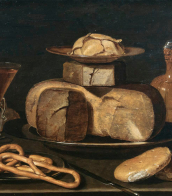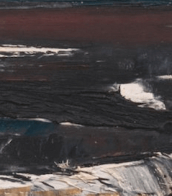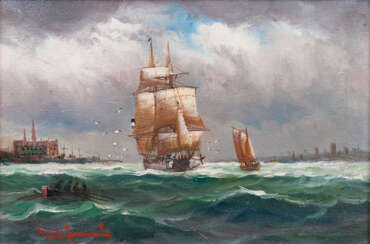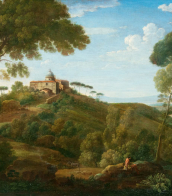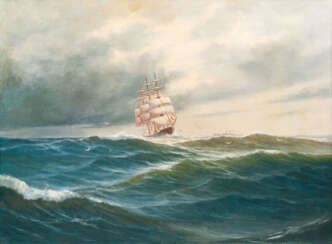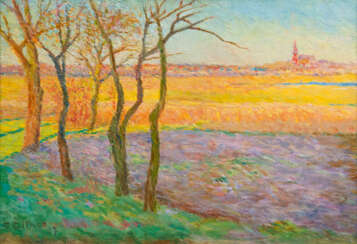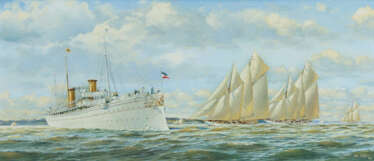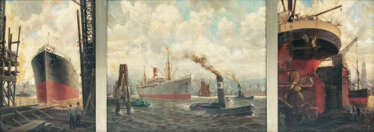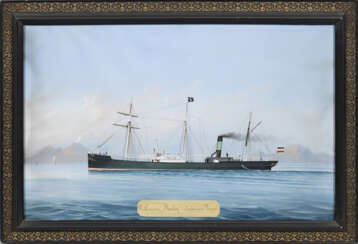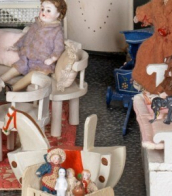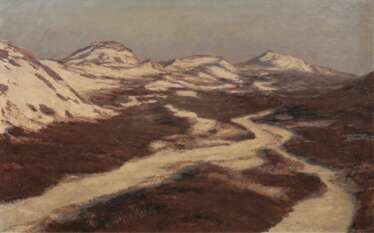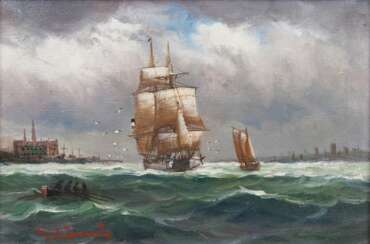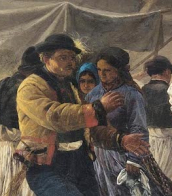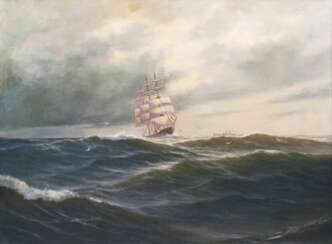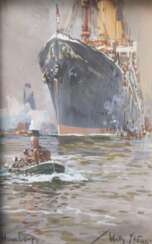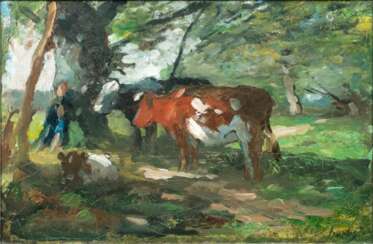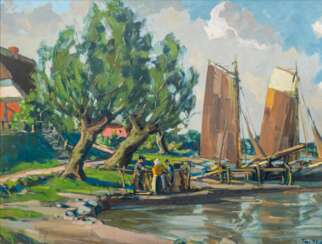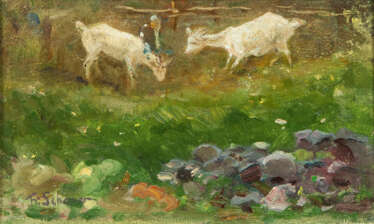norddeutsche und marinemaler
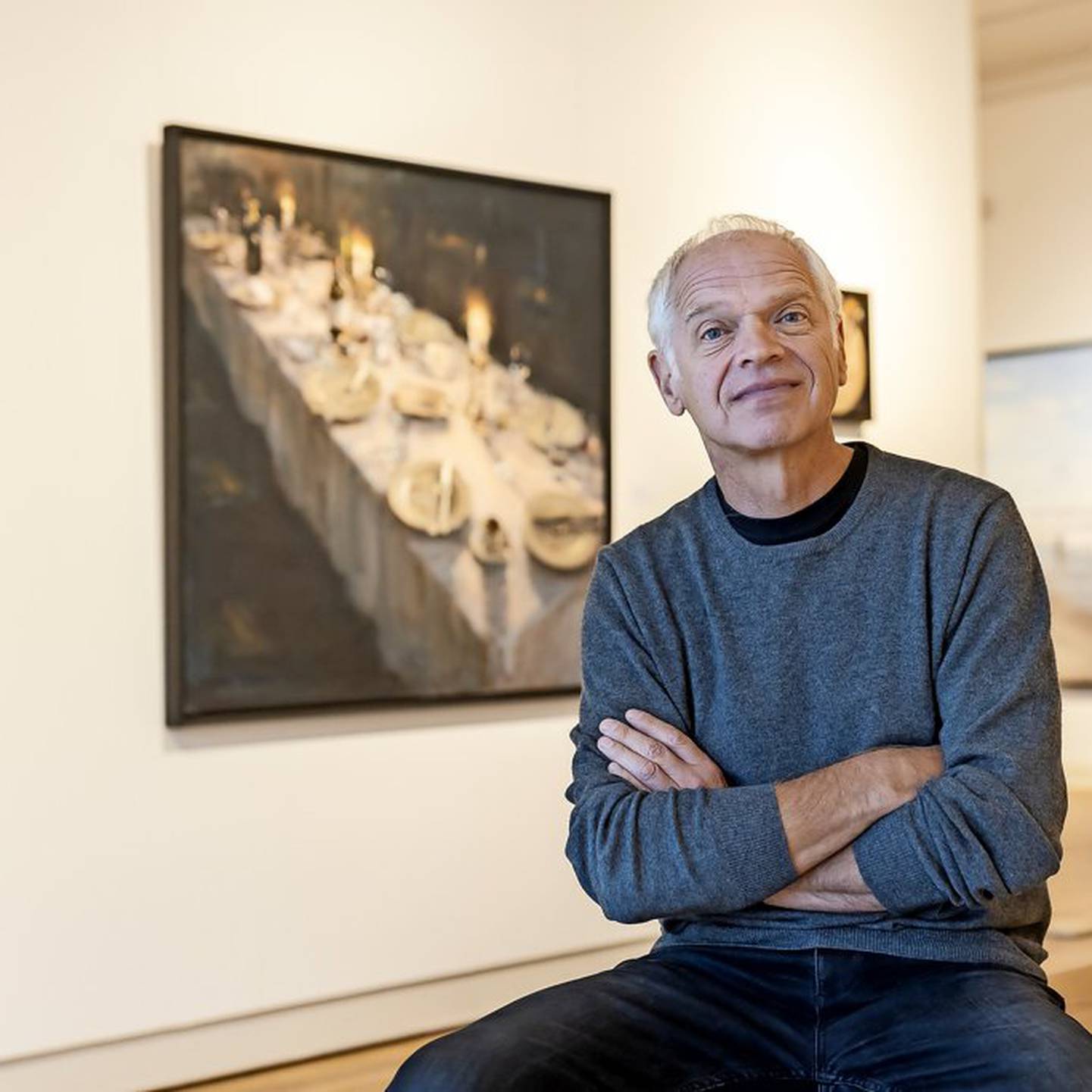
Friedel Anderson is a German landscape, architectural and object painter.
Friedel Anderson's artistic work encompasses a wide range of techniques and motifs, from landscapes painted against nature, city and harbour views to portraits and still lifes. The landscapes initially focused on the Nordic region. Later, regular journeys through Europe (Italy, France, England) and Africa expanded the themes of his travel and landscape paintings. Anderson found further focal points of his work in shipping, the industrial working world, as well as in the cultural and natural spaces around harbours, rivers and industrial ruins. Interiors and still lifes are also among Anderson's important motifs.
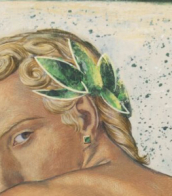
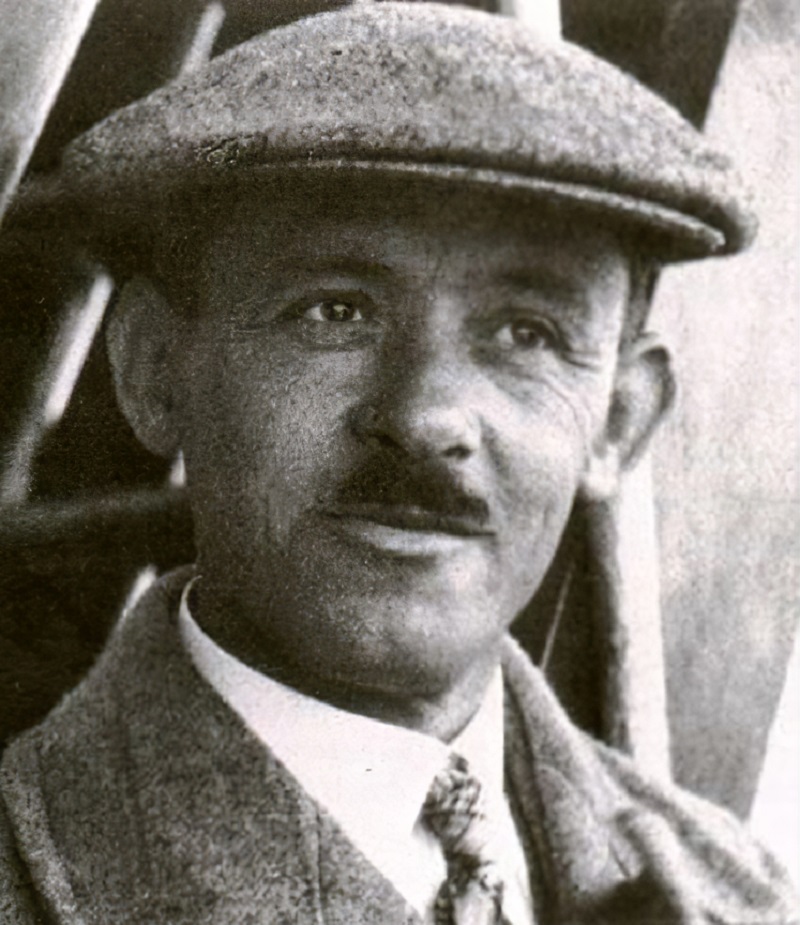
Robert Schmidt-Hamburg was a German marine and landscape painter, one of the most important illustrators of passenger and merchant shipping of the 1920s and 1930s, as well as of port and shipyard operations.

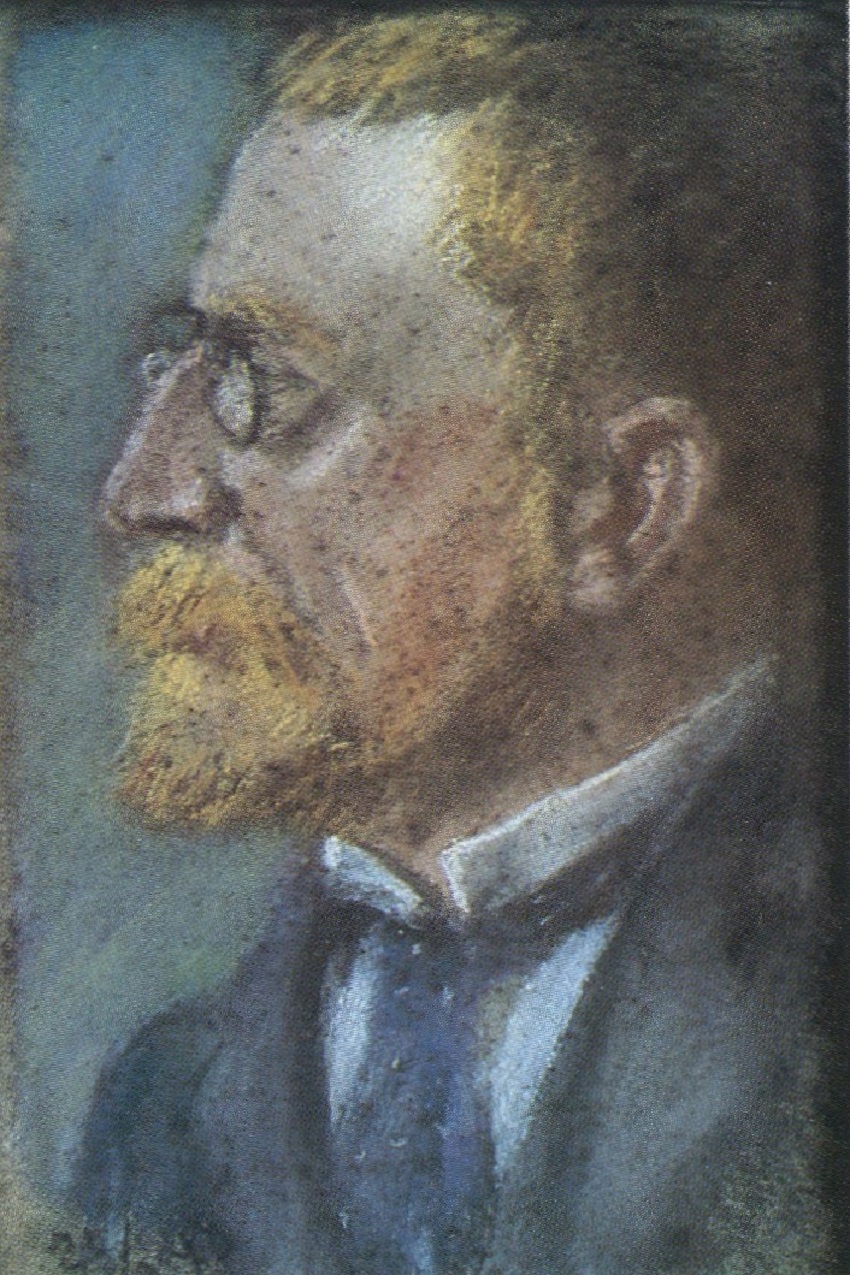
Thomas Ludwig Herbst was a German Impressionist painter; known mostly for landscapes and animal portraits.
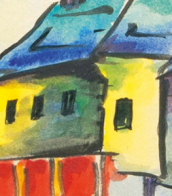
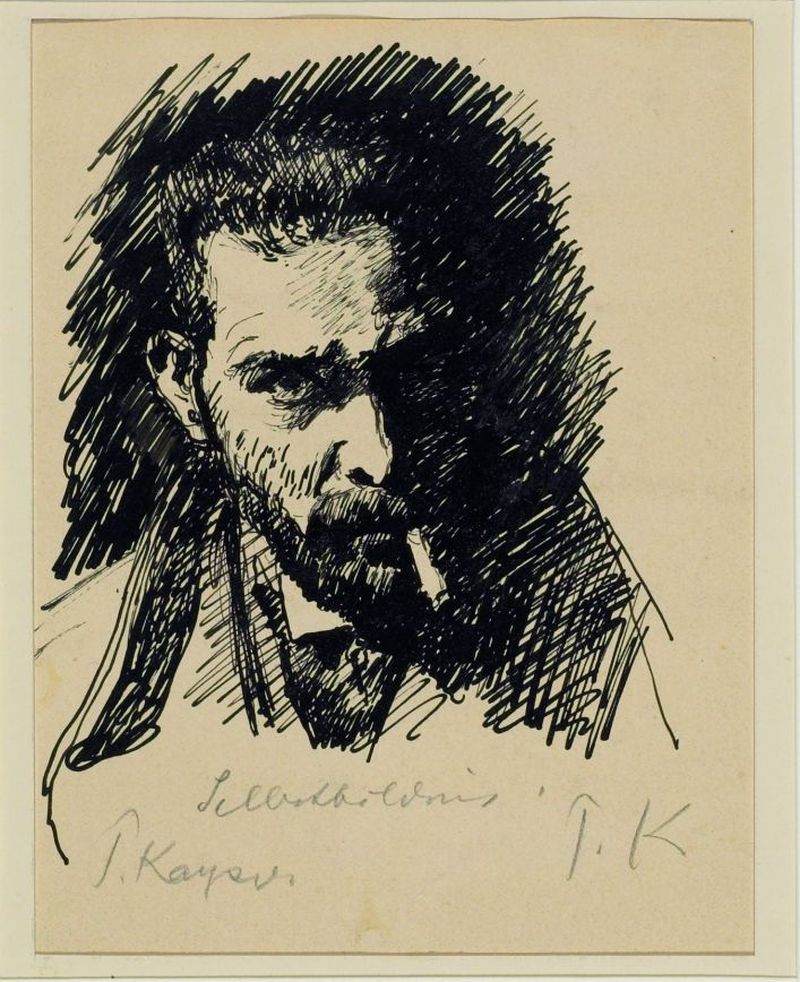
Paul Kayser was a German painter and graphic artist. After training as a painter-decorator, Kayser attended the Schools of Applied Art in Munich and Dresden.
Paul Kayser was a founding member of the Hamburg Artists' Club 1897 and the Hamburg Secession, and a member of the Hamburg Artists' Association and the Altona Artists' Association. His style was decisively influenced by Albert Marquet, whom Kaiser met in 1909.
In 1937, Kaiser's still life was confiscated from the museum in Husum as part of the Nazi "Degenerate Art" campaign.

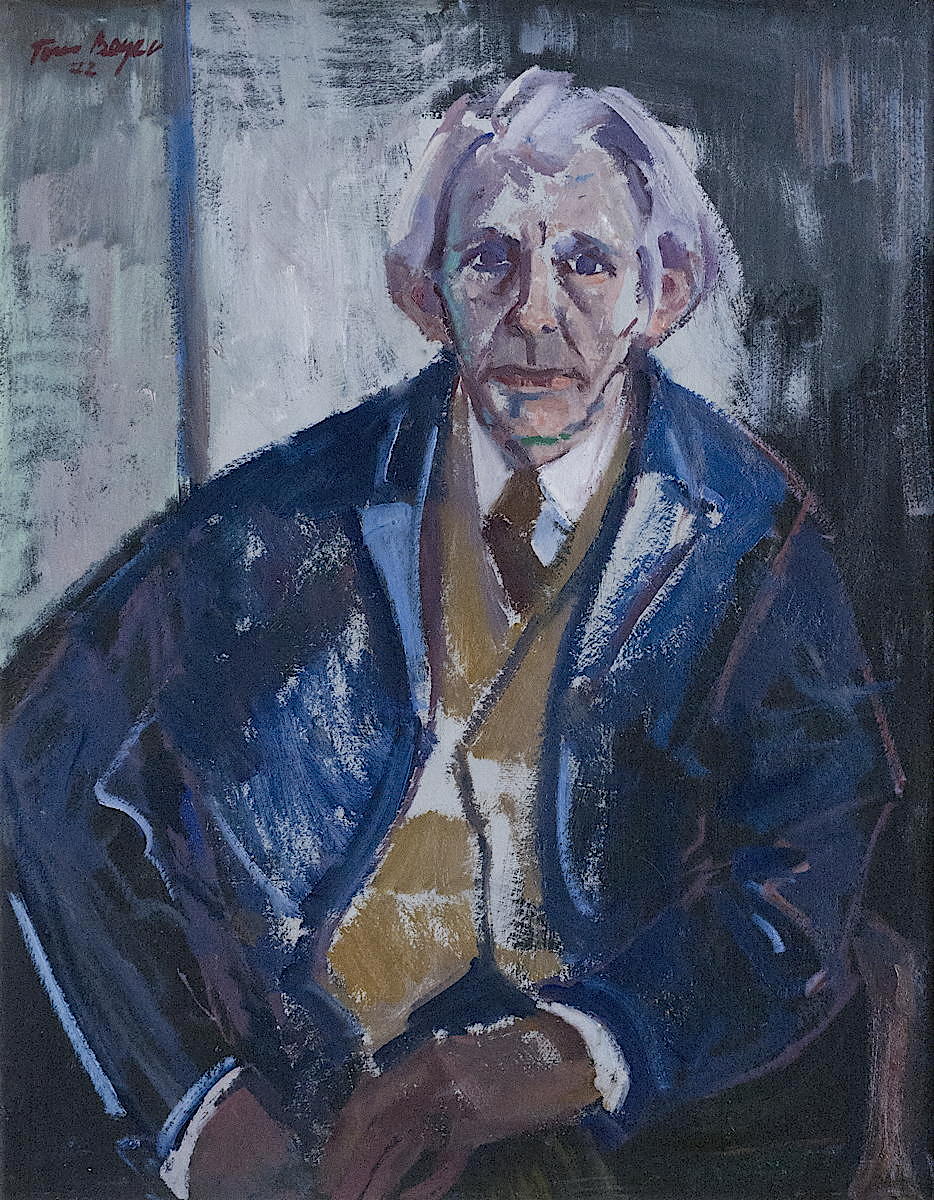
Tom Beyer is a German artist.
Beyer studied at the Düsseldorf School of Applied Arts, traveled throughout Europe, in 1931 opened a studio in Berlin and joined the Communist Party. Although the National Socialists who came to power in Germany in 1937 forbade him to exhibit, from 1939 to 1945 Beyer took part in World War II as a Wehrmacht soldier.
After the war, Beyer led an active social and artistic life. He was also a member of the Association of Visual Artists of the GDR and became its chairman in 1950. As a member of the SED, Beyer reflected in his works the socialist construction in his country, depicting nature and people. He created a large mural for the Löwenschen Saal hall in the Stralsund town hall. From 1972 he taught part-time at the Berlin-Weißensee School of Art.



